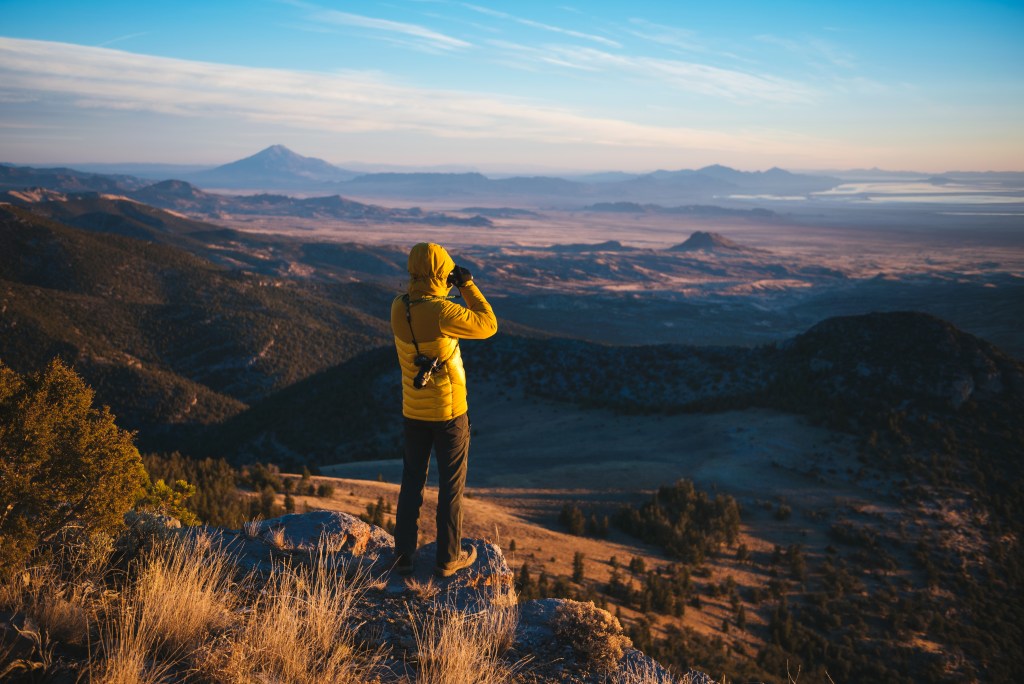Science is the language that brings understanding to our experience on Earth, and the ways we are connected, as a vast community of plants and animals, with our physical world. While white lab coats and khaki field jackets may come to mind when we consider scientists, field research and data analysis, the fact of the matter is thousands of everyday citizens like yourselves play an important role in the frontiers of scientific discovery and exploration. The bond between society and scientists makes much of what we do possible.
Citizen science, simply put, is an effort lead by the general public to support and aid in the collection of data—raw data—straight from the source. Projects investigating topics ranging from microplastic assessments of our planet’s oceans to large-scale bird and butterfly surveys in our urban and suburban hubs are fueled by citizen scientists, the working class, volunteer workforce that makes some of the planet’s most robust and widespread research efforts possible. The notion of many hands make for light work defines the importance and impact of this mammoth effort, one that has singularly made some of the most important science come to life, research that has transformed the way we understand our rapidly changing planet.

One such effort aims to better understand how birds migrate across our planet, and in turn how their populations are faring over space and time. These flyways, or migratory corridors, tend to be the paths a majority of birds take, typically from North to South and vice versa. It’s these highways that link distant habitats and the stopover points in between. And it’s these invaluable habitats that we, society, need to better study if we hope to understand how birds are faring on regional and hemispheric scales.
It may be a small songbird that migrates from a remote island within the Caribbean to the American Southeast or a Swainson’s hawk that may migrate from the Pampas of Argentina to the evergreen forests of British Columbia. One glance at an illustration of the myriad of migratory paths that span Earth reveals just how far many bird species must and do travel, twice a year in fact. Along the way, birds need to rest, feed or find refuge in inclement weather. This reality makes the intermediary habitats of critical importance. Without them, many birds would have no chance to complete their epic migration, some of which span hemispheres and thousands of miles across urban sprawl and seas of wilderness.
On the front lines of scientific discovery and these migratory corridors, citizen scientists are poised, positioned with binoculars and notebooks in hand, to collect data as these wayward flyers pass by each Spring and Fall. Working in conjunction with professional researchers, government and non-government entities, citizen scientists are in many cases the backbone of these robust data collection efforts. Hawkwatch International, a Salt Lake City-based non-profit dedicated to the study and protection of raptors, is just one example of a group committed to supporting the collection of data that enhance our collective understanding of birds of prey, how their migrations and in turn populations vary over space and time. Many of their contributions to science stand on the shoulders of citizen scientists.
While populations have peaks and troughs reflecting a population’s natural fluctuations within and across years, our rapidly changing planet has driven what many are calling the Anthropocene, a global epoch defined by the planet’s 6th mass extinction. This is a period of time in our Earth’s history when species are disappearing one hundred to one thousand times faster than the background rate, or the frequency at which species would statistically fade away without humanity at large. It’s during this extraordinary time that citizen science, and the study and documentation raptors, may not only help us better understand how these avian top predators are faring but also can shed light on the state and wellbeing of ecosystems across the globe. It’s our best attempt to keep a finger on the pulse of nature.
As top predators, birds of prey are healthy when the ecosystems they rely on are healthy. You see, a top predator’s health – be it a spider, dragonfly, wolf or shark – is a direct reflection of ecosystem health simply because they are at the top of the food chain, which means their condition is a reflection of everything beneath them: the vegetation, soil, water and prey they rely on.
The scientific community has classified organisms including raptors as indicator species, that is their presence or absence, health and wellbeing, is representative of the state of the entire ecosystem. This is why studying these taxa and their migrations is important for scientists and citizen scientists alike as this data informs our understanding of global ecosystems at large.

There is perhaps no better time than now to do this. Our world is changing. This data aims to help communities, policy makers and environmental managers make decisions that may help save the wildness and wildlife we have left, and the future of society in the process.
Anyone can be a citizen scientist. Often times the only prerequisites are time and energy to spare. In specialized circumstances, experience handling certain wildlife and or collecting particular data may predispose some volunteers as exceedingly qualified. Yet, these opportunities are available and within reach for all who desire to get involved. This is not just a ticket to get into the field and contribute to important, ongoing research projects. Volunteering your time and energy as a citizen scientist affords a chance to get outside, contribute, unplug and immerse yourself in nature. From my experience, once you’re there – out in the wild collecting data – you’re more often than not changed on a cellular level, hooked, increasingly passionate, a scientist in the making.
They say it takes a village to raise a child. I would argue, it takes at least a hemisphere’s worth of stewardship, from professional and citizen scientists alike, to raise a raptor.


